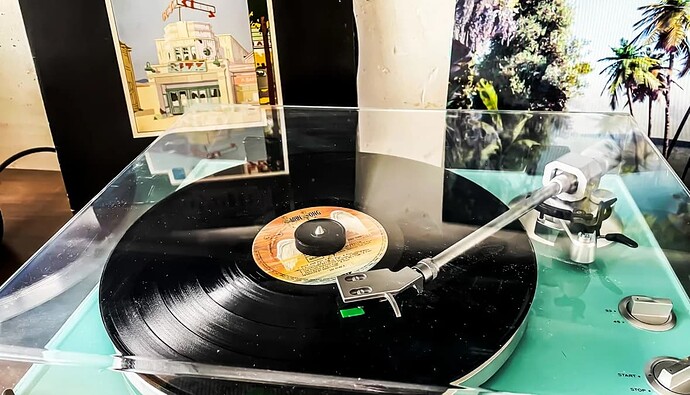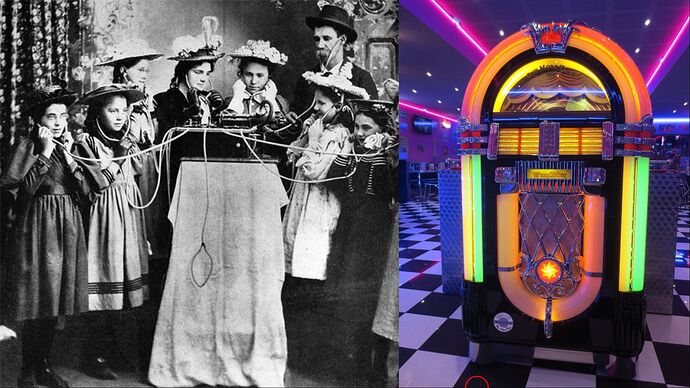Google growing fastest to be largest streaming provider by 2025
Quotes:
There was a time when we were the most feared player ever and now the industry sees us as the biggest hope."
Meanwhile, becoming the fourth Western service after Spotify, Apple and Amazon Music to crack the 50 million mark is likely to be just an interim step: by 2025, YouTube is expected to be the largest single source of revenue for the music industry.
The 50 million-plus subscribers achieved should not obscure the fact that "there are 2 billion people who use YouTube every month.
Subscriptions are incredibly important, but the ‘twin engine growth engine’ - relying on advertising and subscription revenue at the same time - is superior to the subscription-only business.
Meanwhile, a general problem with the services is their similarity. For example, they offer the same music catalog for the most part - which is one reason for Spotify’s podcast offensive.
Conclusion:
Everyone needs a relevant market, and Roon cleverly leverages its RAAT base in the HiRes niche. Relying on the big guys as partners would be suicide.
Translated with www.DeepL.com/Translator (free version)
1 Like
I have been a YouTube Red/Premium subscriber since it was available in the UK and a Google Play Music way before that.
I never use YouTube music and think it is a garbage app for non music lovers, but I know many people that it works for (though no idea how). My sister and father and son are all on my family plan and use it as their main music listening systems.
YouTube Music videos offer so much to the industry and Google seems to be converting people to paying customers so a lot of that will go back to the industry (as opposed to the artists). But at the end of the day at least that is Money going in and not out
As someone who spends at least an hour a day watching YouTube I am paying for the advert free experience and for money to go to the creators I watch daily, so again all good for me at least.
Music industry vinyl is back
October 12, 2021, 6:41 pm
The good old vinyl record is in demand like it hasn’t been for a long time: the music company BMG is even selling more vinyl than CDs again. The music market is also undergoing a huge transformation in other areas.
If you want to read this article in your native language, the Google translator
or this page
Translated with www.DeepL.com/Translator (free version)
will help.
So many backgrounds and developments are explained.
growing in the music market (subscription or free)
He is 28 years old, Daniel Barenboim has promoted him, the business is buzzing about him. Now Thomas Guggeis is to become the new musical director of the Frankfurt Opera.
Content in fewer words…
The music industry was born with the world’s first jukebox in San Francisco. The revolutionary idea of the automatic Edison phonograph was introduced as early as 1878. On November 23, 1889, Glass and business partner William S. Arnold demonstrated the new machine for the first time at the Palais Royal Saloon at 303 Sutter Street in San Francisco. Radio was not yet on everyone’s lips, but this cylinder was making music to your ears via tubes. The first large headphone set up in bars and pubs as a nickel-in-the-slot. The first penny robber was in the market and was digitally replaced a hundred years later by the filesharer. Now we have paid and free streaming offerings.
The pieces in a reel were initially about two minutes long. By May 1890, the inventor had taken in over $4,000 (worth about $100,000 today). Record players and amplifiers (invented in 1927) provided further distribution and are still in use today. Shellac records sounded much better in the next generation of jukeboxes. Jazz and blues were played. The mob controlled the jukebox market for a time in several states. The Wurlitzer company introduced its first jukebox, Debutante, in 1933. The 1015, released in 1946, is considered the most popular jukebox. A majority of single records went into the units and at times the charts were determined by Wurlitzer playback numbers. These devices shaped pop culture like radio.
Television, hi-fi equipment for the home, cassette players and, last but not least, discotheques ensured the slow decline of the jukebox. They can still be rented, and what’s more, since the rock ‘n’ roll revival in the mid-1980s, they have become coveted collector’s items in this country. For around 9000 US dollars, even current devices are still available for purchase, with WiFi and smartphone control.

